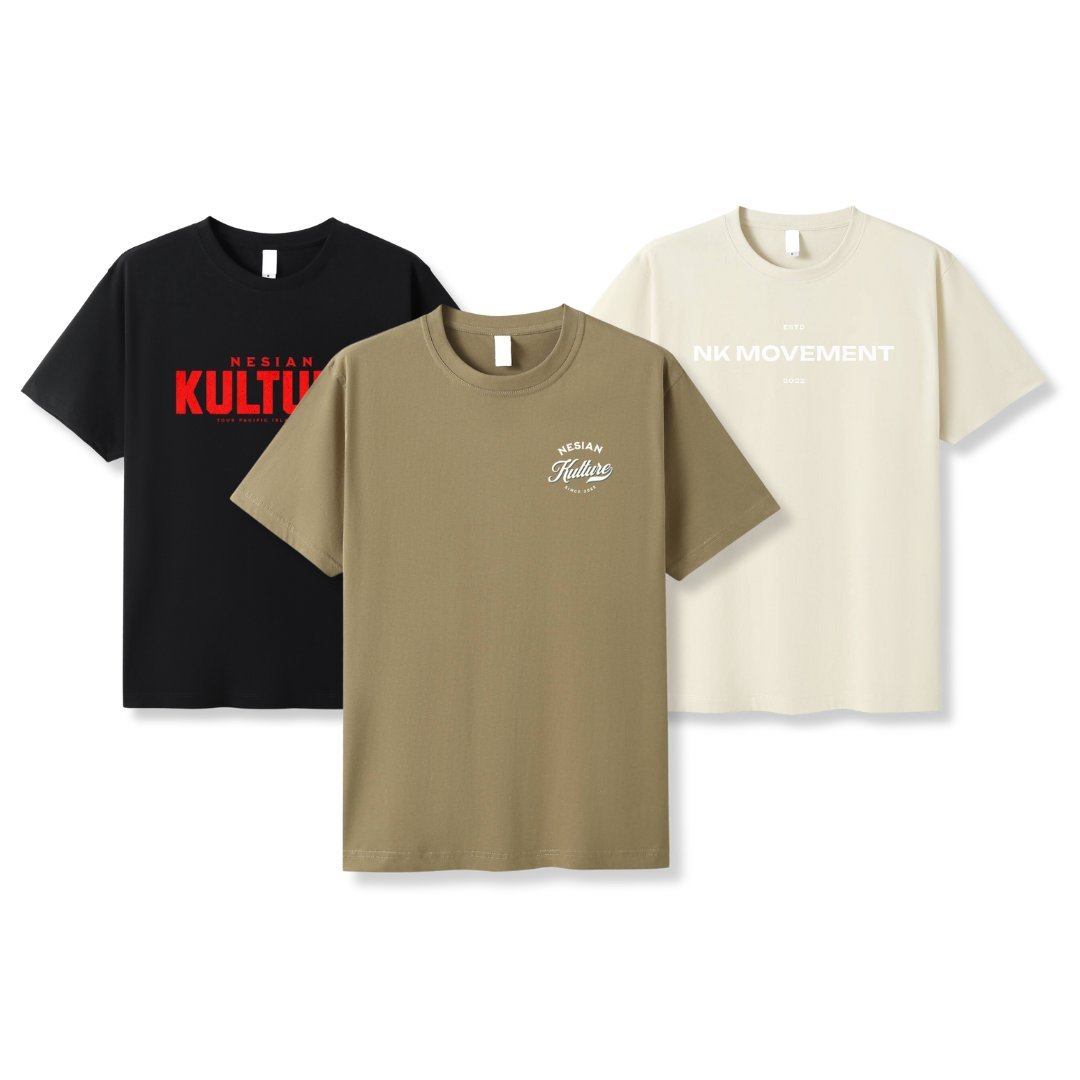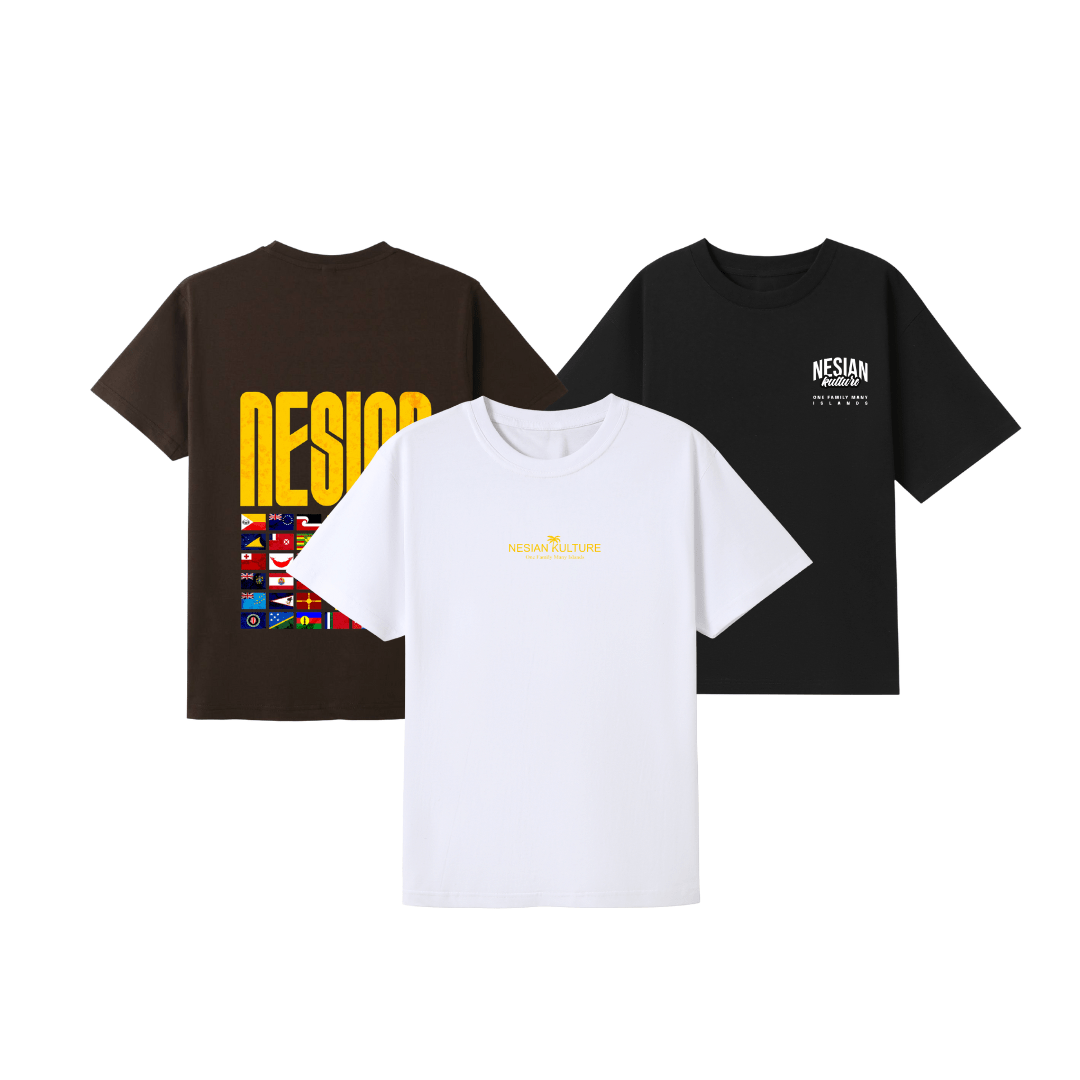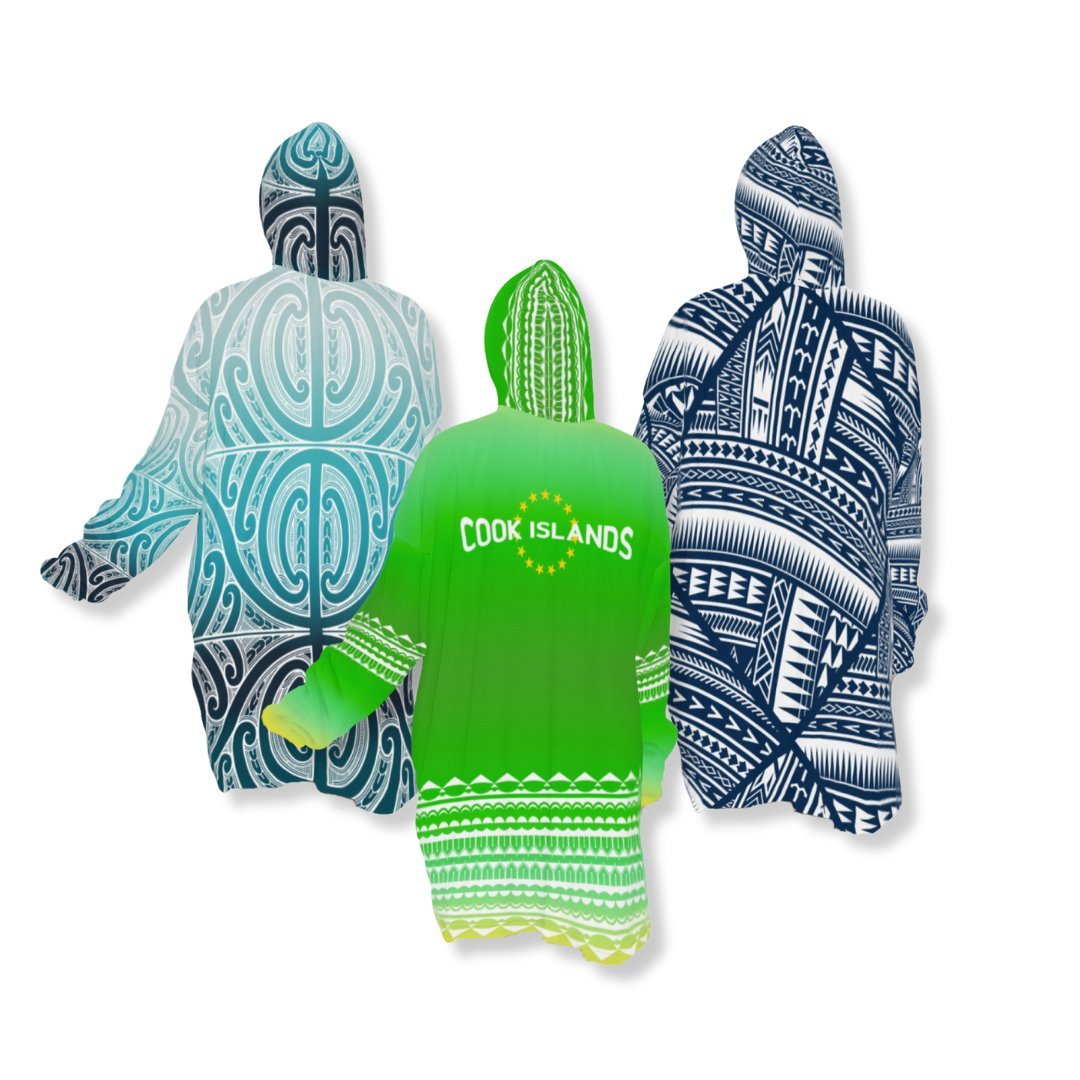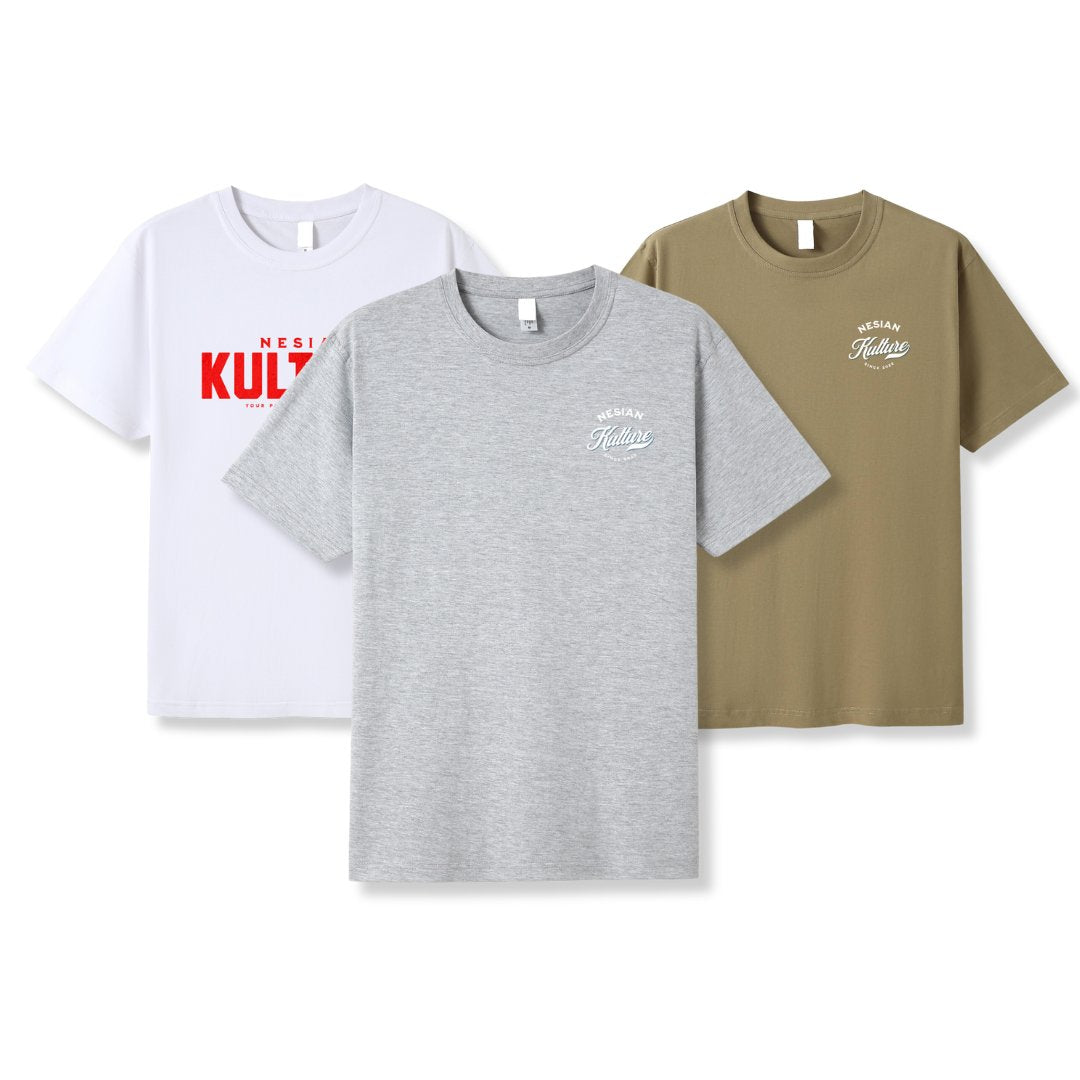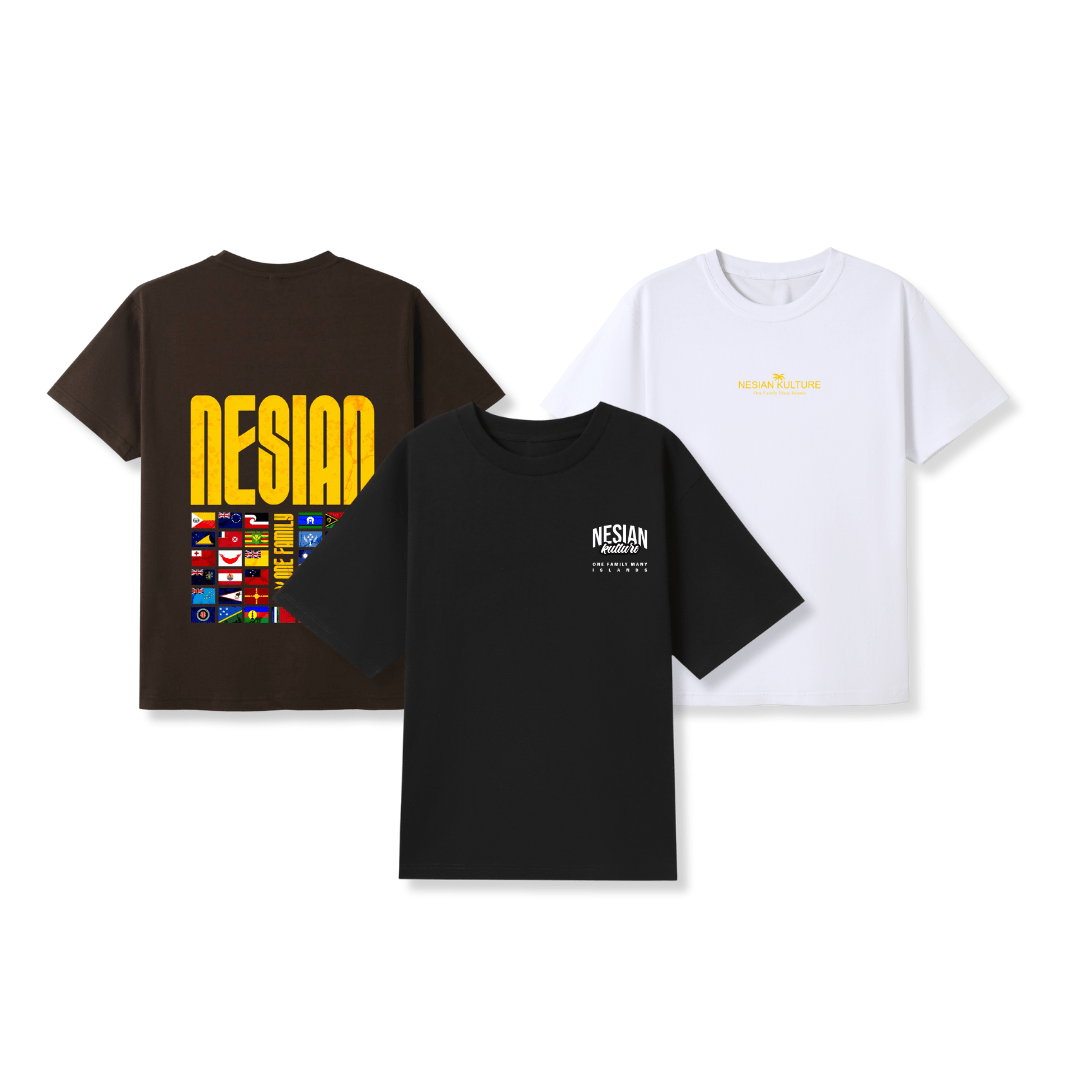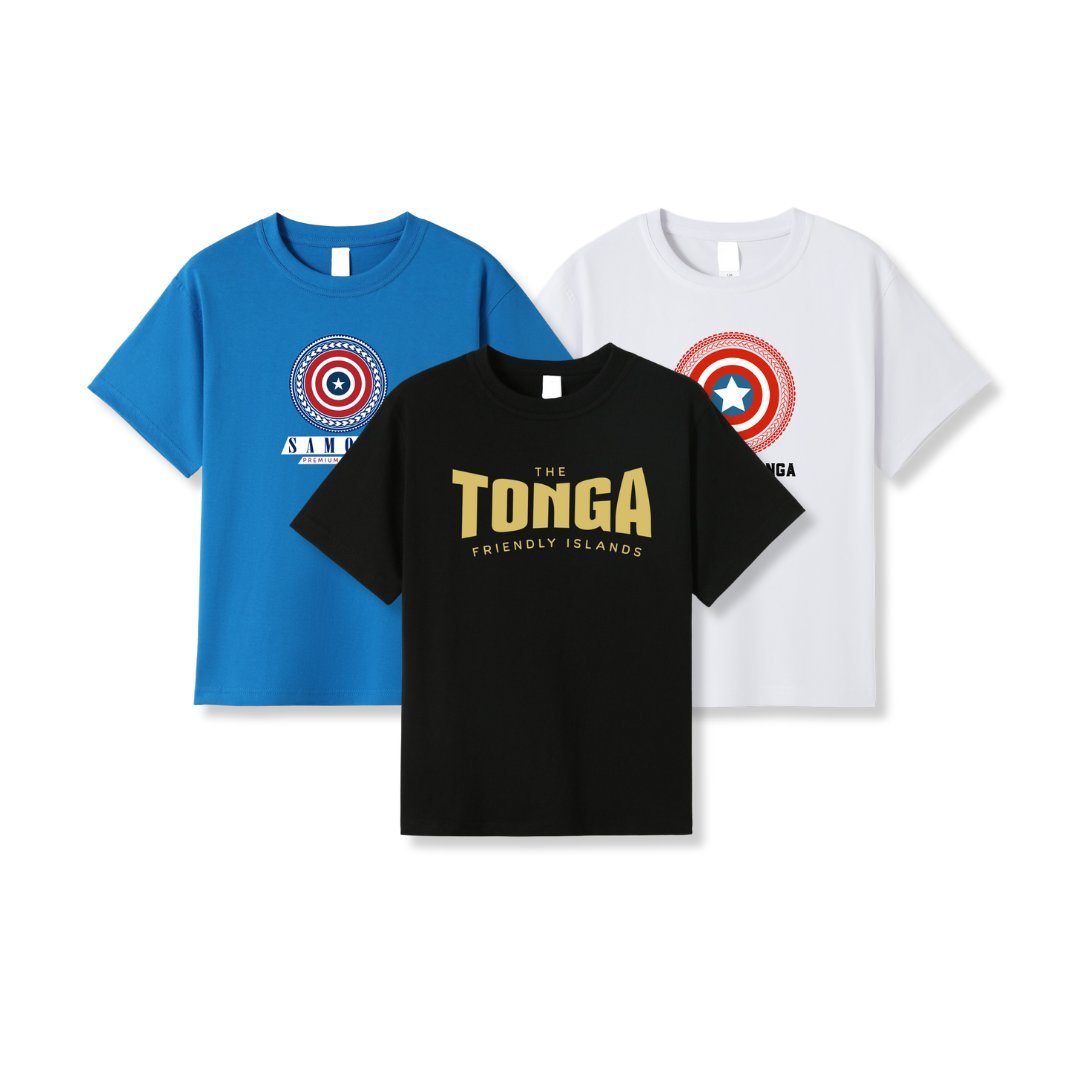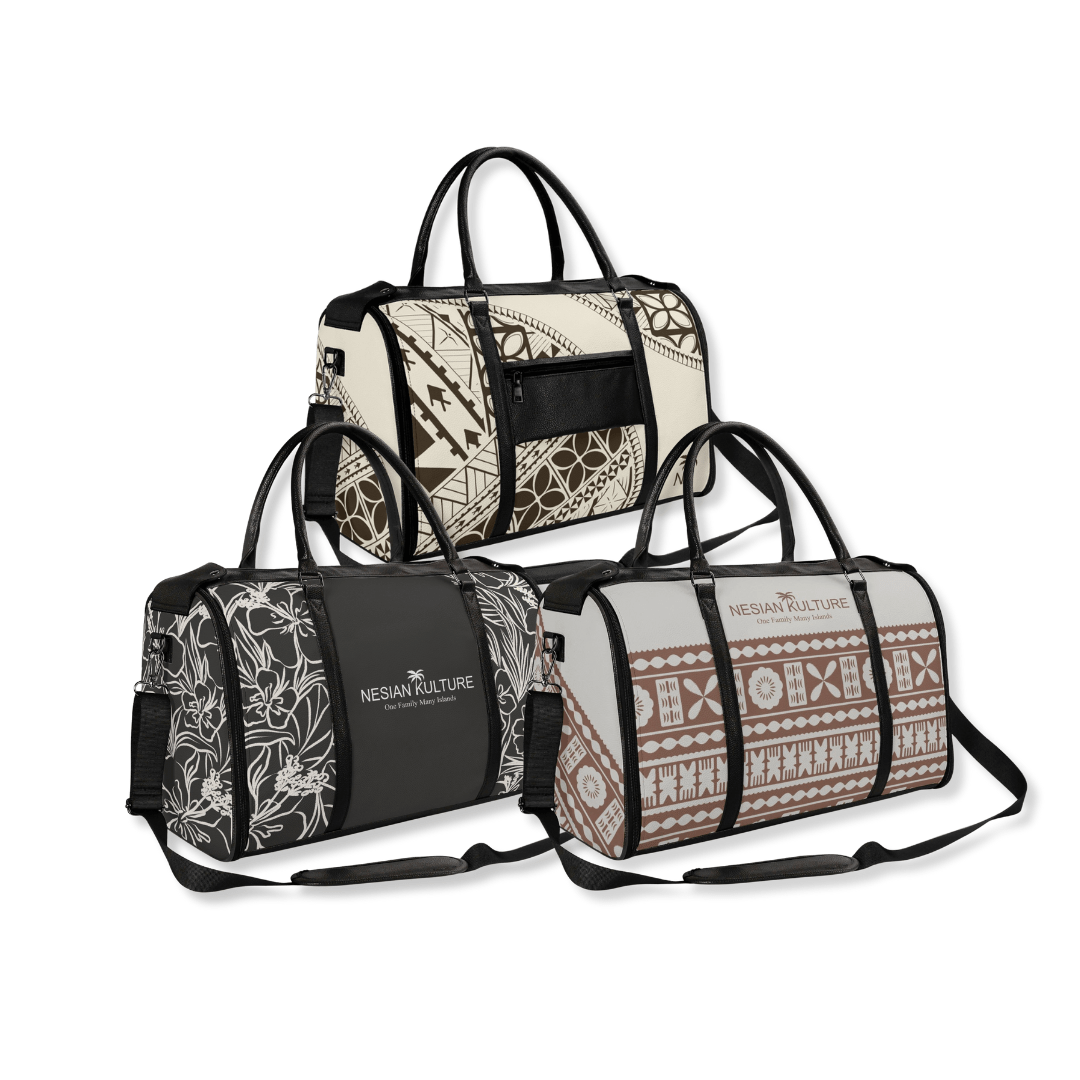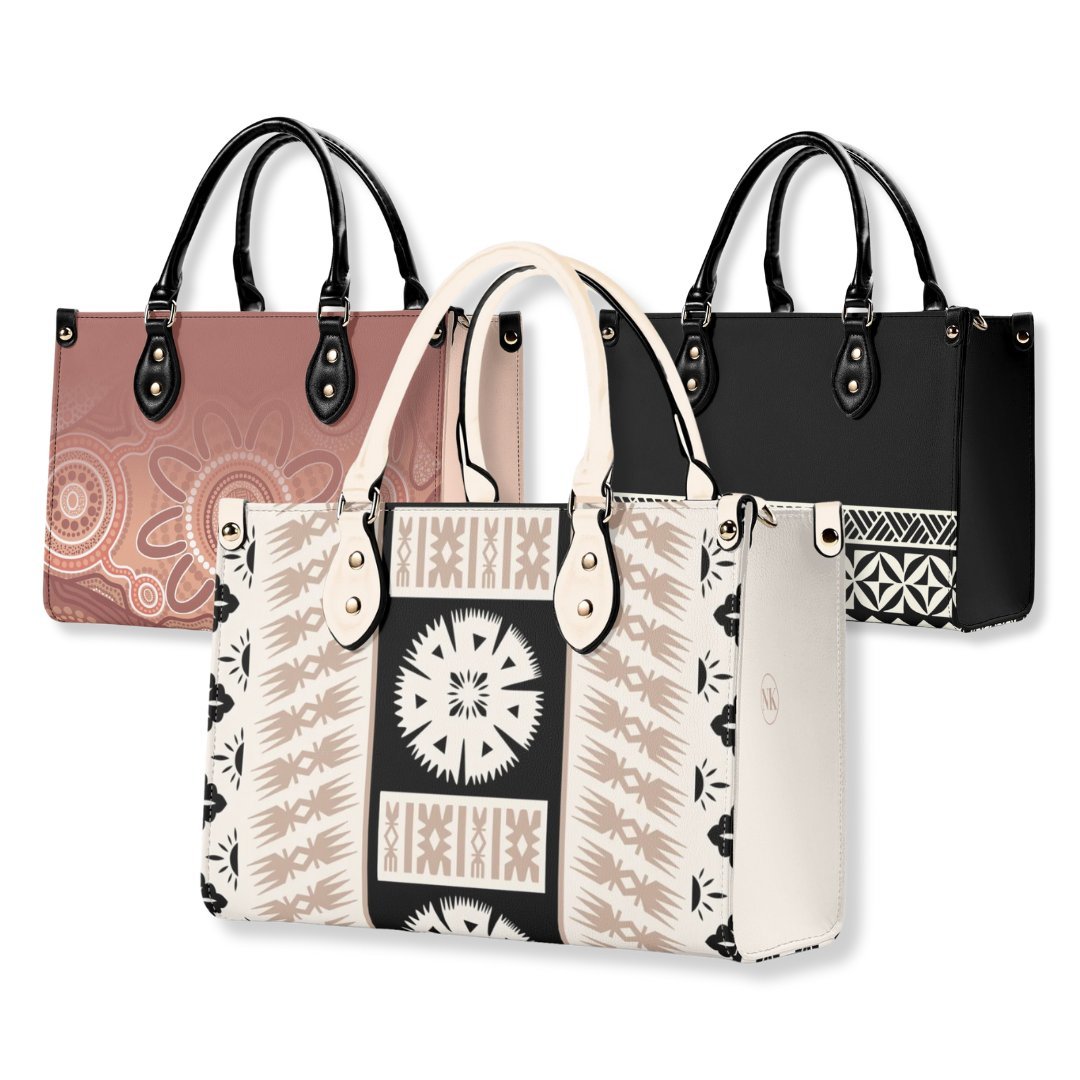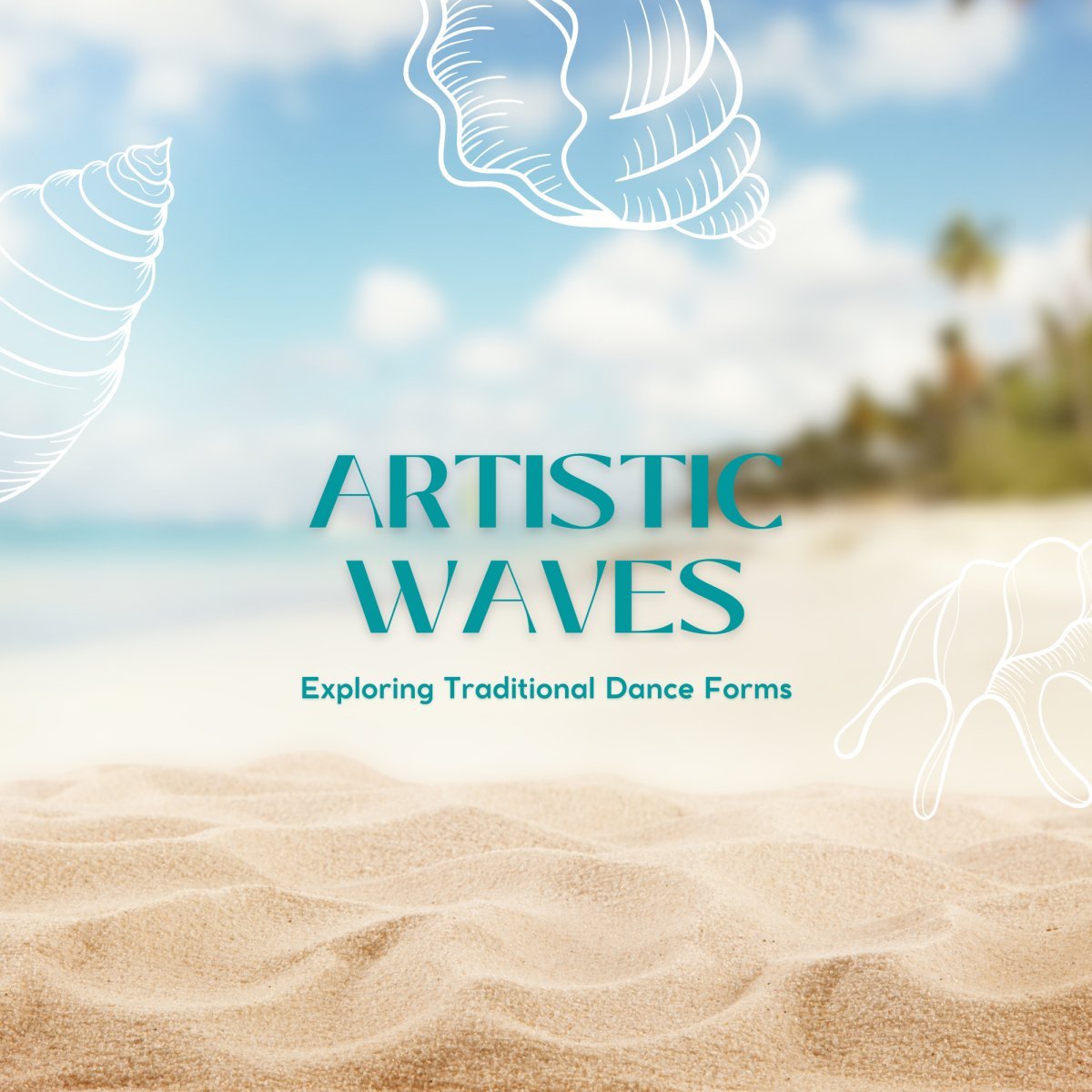
Celebrating Pacific Islander Art and Music: A Journey into Vibrancy and Diversity
Introduction: Pacific Islander art and music are vibrant expressions of centuries-old traditions intertwined with modern influences. From the rhythmic beats of traditional drumming to the colorful canvases depicting island life, the artistic landscape of the Pacific Islands is as diverse as the cultures that call these paradises home. In this blog post, we'll embark on a journey to explore the rich tapestry of art and music that defines Pacific Islander creativity.
Traditional Dance Forms: One of the most captivating aspects of Pacific Islander art is traditional dance. Each island group has its own unique dance forms that reflect its history, legends, and way of life. Take, for instance, the graceful movements of hula from Hawaii, which tell stories of love, nature, and mythology through hand gestures and swaying hips. Or the powerful Samoan siva, where dancers showcase strength and agility through rhythmic footwork and energetic gestures. These dances not only entertain but also preserve cultural heritage and pass down stories from generation to generation.
Contemporary Visual Art: In recent years, Pacific Islander visual artists have gained international recognition for their stunning works that blend traditional motifs with modern techniques. Artists like Michel Tuffery from Samoa or John Pule from Niue use painting, sculpture, and mixed media to explore themes such as identity, colonization, and environmental conservation. Their art serves as a powerful medium for storytelling and activism, raising awareness about issues affecting Pacific Island communities while celebrating their resilience and creativity.
Music Genres: When it comes to music, Pacific Islanders have made significant contributions to global sounds, blending traditional melodies with contemporary beats. Reggae, for example, has deep roots in the Pacific, with artists like Fiji, a native of Fiji, gaining popularity for their reggae-infused tunes that speak to love, unity, and social justice. Pacific fusion genres, combining traditional instruments like ukulele and log drums with modern electronic elements, have also emerged, creating a unique sonic experience that bridges past and present.
Cultural Significance: Beyond their aesthetic appeal, Pacific Islander art and music hold profound cultural significance. They serve as expressions of identity, community pride, and resilience in the face of challenges. Through art and music, Pacific Islanders connect with their roots, celebrate their heritage, and share their stories with the world. They also provide avenues for intergenerational learning and cultural exchange, fostering understanding and appreciation across diverse audiences.
Conclusion: In conclusion, Pacific Islander art and music are not just forms of entertainment but reflections of a vibrant and diverse cultural tapestry. From traditional dance forms that honor ancient traditions to contemporary visual art and music genres that push boundaries and inspire, Pacific Islanders continue to make their mark on the global artistic landscape. By celebrating and supporting Pacific Islander creativity, we not only preserve cultural heritage but also promote inclusivity, diversity, and cross-cultural dialogue. So let's raise our voices and dance to the rhythms of the Pacific, embracing the beauty and richness of this extraordinary artistic heritage.
This video will show you part of the Traditional Polynesian dance
Related Posts

ONE FAMILY. MANY ISLANDS — THE STORY BEHIND THE WORDS
Discover the true story behind Nesian Kulture’s tagline “One Family. Many Islands.” — a movement born from Susan’s childhood as...
En savoir plus
We Still Say Polynesian, Micronesian & Melanesian — And We Say It With Honour
Some say we shouldn’t use names like Polynesian, Micronesian, or Melanesian. At Nesian Kulture, we believe those names no longer...
En savoir plus